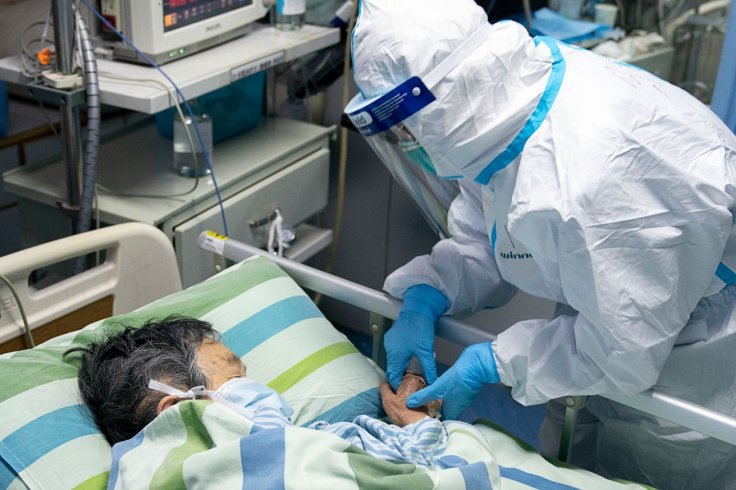As the world is still struggling to deal with the Coronavirus pandemic, scientists looked into another zoonotic virus (Nipah), that is transmitted from animals to humans as well as through contaminated food or directly between people.
Scientists turned to Nipah Virus transmission to understand disease transmission more clearly. They believe that understanding of contact patterns can reveal how viruses spread from one person to another which would eventually help the scientists improve future virus outbreak preparedness.
Death of Infected Person

In Africa, Traditional funeral practices include washing and touching the body of the deceased to prepare the person for burial. But the problem which many people don't understand is many viruses, including Ebola, can be passed through bodily fluids such as sweat or blood and can be contagious after the infected person's death.
During the Coronavirus pandemic, healthcare workers have faced challenges over the burial of COVID-19 patients, while maintaining the boundaries of dignified burials, respecting the cultural practice, and ensuring the safety of their surviving family.
However, in terms of Coronavirus, the pathogen spreads by respiratory droplets, while the Nipah virus can spread via bodily fluids. As per the researchers, contact patterns play a key role in "disease transmission, and variation in contacts during the course of illness can influence transmission, particularly when accompanied by changes in host infectiousness.
Transmission of Virus
In the study, researchers said, "We used surveys among 1,642 contacts of 94 Nipah virus case-patients in Bangladesh to determine how contact patterns (physical and with bodily fluids) changed as the disease progressed in severity."
It was found that the number of personal contacts between a sick person and his friends and family increases rapidly as the person approaches death and this is because they think that it would be the last chance to see their loved ones.
"Given transmission has only been observed among fatal cases of Nipah virus infection, our findings suggest that changes in contact patterns during illness contribute to the risk of infection," explained the authors.

In 2014, WHO released a "safe and dignified burial" protocol to ensure that deceased Ebola patients, their family members, and their cultural practices are treated with respect. It was the part of the disease control effort to curb the transmission of the virus.
Even in this current situation when the world is fighting the COVID-19 disease, many family members of infected patients were allowed to talk to their loved ones via video call though other restrictions come into play due to its rapid spread via aerosols and contact.









